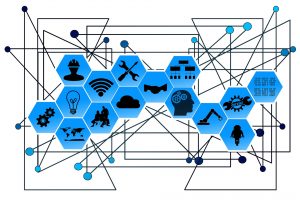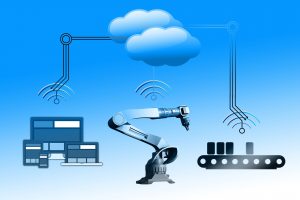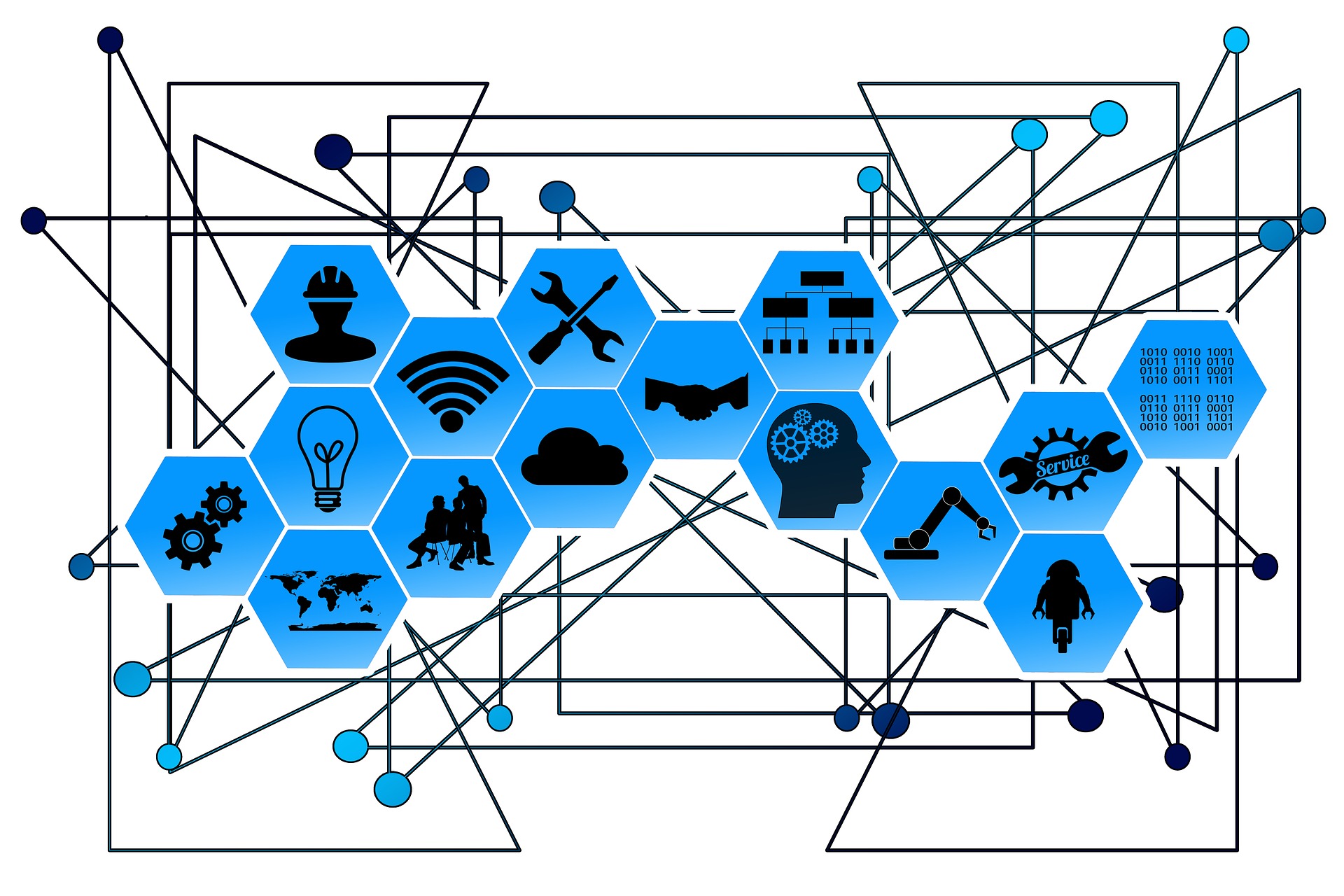Internet of Things (IoT) devices are physical objects equipped with technology that enable them to send and receive information via fixed-wire or wireless communication links to the Internet, and to then transmit information in one form or another.
There is nothing new about using sensors to monitor equipment and shipping, what is new is the ability for these sensors to talk to other equipment and routinely send data into plant and supply chain applications.
 The Internet of Things gives supply chains the ability to build a framework enhanced with rapid responses and solutions. This intricate network can be engineered and put into place fast and easily. These advances are possible because the IoT permits for the integration of relevant data at any point in the value chain. IoT also allows for defining inter-dependencies from the data at blazing speed and use advanced analytics to aid in the development of highly targeted solutions.
The Internet of Things gives supply chains the ability to build a framework enhanced with rapid responses and solutions. This intricate network can be engineered and put into place fast and easily. These advances are possible because the IoT permits for the integration of relevant data at any point in the value chain. IoT also allows for defining inter-dependencies from the data at blazing speed and use advanced analytics to aid in the development of highly targeted solutions.
According to Supply Chain Quarterly, there are three things necessary for a device to be considered part of the IoT. They are:
- Sensors track and measure the activity that is taking place.
- Connectivity to the Internet is contained in the object itself, a connected hub, a smartphone, or a base station.
- Processors enable the object to have at least some computing power.
How the Internet of Things Impacts Supply Chains
The first thing IoT brings to the supply chain is a new way of looking at the supply chain. Today, radio frequency identification is used on pallets and packages to identify contents, shipping date, and arrival date. These small chips do not need line of sight to be scanned and pack a lot of information in them. Scanning can take place as items go through shipping dock doors.
While the information on the RFID chips is important to the sender and the receiver, it has other uses too. It can notify officials of delays related to shipping – it sends data, including GPS information to headquarters from the chips inside truck cargo or rail containers. It first goes to the cloud and is then transmitted to those who need the information.
Other ways the Internet of Things influences supply chain logistics include:

IoT allows for companies to automate more by leveraging all the systems across all of a firm’s supply chain partners, company departments, a company’s various business units, and the business’ assorted processes.
ERP
Enterprise Resource Planning depends on data to work well. With IoT, the opportunity to send more, current, and actionable data only makes its job more inclusive and easier.
Product Locations
Many companies have multiple warehouses. IoT use allows for easy location of products for a customer’s order.
The Internet of Things is continuously evolving throughout the supply chain. As more systems link to one another, profits will increase as expenses decline all while giving your customers a more satisfying experience.
Sources:
http://www.supplychainquarterly.com/topics/Technology/20150331-how-the-internet-of-things-will-change-your-world/
https://tui.education/2015/10/05/the-internet-of-things/
http://searchmanufacturingerp.techtarget.com/feature/IoTs-supply-chain-benefits-becoming-clearer
http://www.inboundlogistics.com/cms/article/how-the-internet-of-things-impacts-supply-chains
http://www.flaticon.com/authors/anton-saputro





